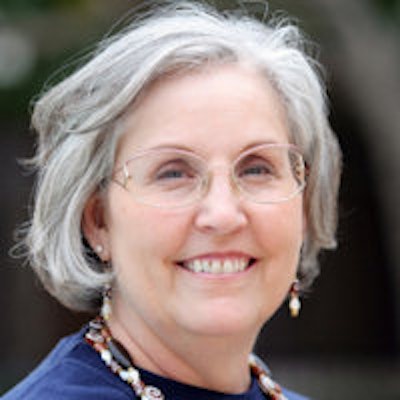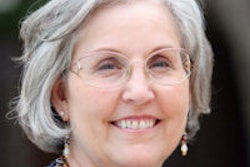
While you might hear anecdotal statistics about the aging population of the U.S. or a news report about the retirement of the baby boomers, the realities of the situation, and perhaps opportunities for your practice, were made clear by a recent, comprehensive report by the U.S. Census Bureau.
The authors of the 192-page report, titled "65+ in the United States: 2010: Current Population Reports" and released on June 30, 2014, noted that in 2010 more than 40 million people (13% of the population) in the U.S. were age 65 and older. They expect this percentage to reach 20.9% of the growing population by 2050.
According to the Medical Expenditure Panel Survey cited in the census report, on average, people 65 and older spent more than $10,000 annually on healthcare expenses (most recent data are from 2009), which is more than twice the average expenses for the population younger than age 65.
Healthcare expenses are distributed among various service categories, including hospital inpatient and outpatient care, emergency room services, office-based medical provider services, dental services, and more, the authors noted. The largest share of expenditures was for hospital inpatient service (34.9%). Only 3.4% of healthcare spending was spent on dentistry by those age 65 and older, compared with 6.9% of those from ages 18 to 64.
But the issue isn't limited to annual expenditures in healthcare. According to the report, the estimated lifetime healthcare costs (premiums, co-payments, and noncovered services) for a married couple free of chronic disease at age 65 are $197,000 if you exclude nursing home care, and $260,000 if you include it.
Coverage
As any intelligent practitioner asks, "Does this population have health insurance?" According to the census report, for the most part, the answer is yes.
In fact, those age 65 and older are far less likely to be without health insurance than those at younger ages. In 2010, 2.0% of this population had no health insurance. Contrast that with the population between 18 and 54, the proportion of those without health insurance ranged from 18.0% to 28.4%. A reminder that this study was taken before the passage of the Patient Protection and Affordable Care Act, so those numbers likely have changed.
As the table below illustrates, the decade between 2000 and 2010 actually saw the percentage of those age 65 and older double (from 1% to 2%) as the population increased. The percentage of those on Medicare dropped, as did all private coverage categories. Interestingly, the percentage of those with military healthcare almost doubled.
| Coverage by type of health insurance for the population age 65 and over: 2000 and 2010 (%) | ||
| Coverage type | 2000 | 2010 |
| Any private provider | 62.8 | 57.9 |
| Employment-based | 34.9 | 32.5 |
| Direct purchase | 31.7 | 28.8 |
| Any public provider | 96.4 | 93.5 |
| Medicaid | 9.0 | 9.2 |
| Medicare | 96.1 | 93.1 |
| Military healthcare | 4.3 | 8.1 |
| Uninsured | 1.0 | 2.0 |
Source: Denavas-Walt, Proctor, and Smith, 2011.
Geography
Another question intelligent practitioners ask is "How will the patient population in my location evolve in the coming years, and how will this affect my practice?'
For instance, if you practice in the West or the South, your practice probably saw more patients ages 65 and older during the last 15 years. These regions experienced the fastest growth in their 65- and 85-plus populations between 2000 and 2010, the report authors noted.
Eleven states altogether had more than 1 million people age 65 and older in 2010: California, Florida, New York, Texas, Pennsylvania, Ohio, Illinois, Michigan, North Carolina, New Jersey, and Georgia). Interestingly, states that didn't make that list, such as West Virginia and Maine, were also on the list of the states with the highest proportions of older adults in their populations in 2010.
And while the U.S. population is becoming more diverse, in 2010 more than 7 out of 10 older Hispanic people lived in four states: California (26.9%), Texas (19.2%), Florida (15.7%), and New York (9.0%).
While there's little doubt the 2020 U.S. census will reflect many of these same progressions, the effect on your practice will be seen much sooner.



















